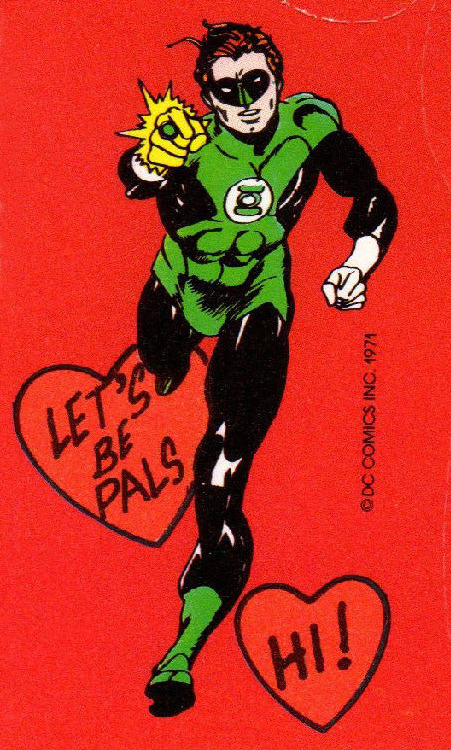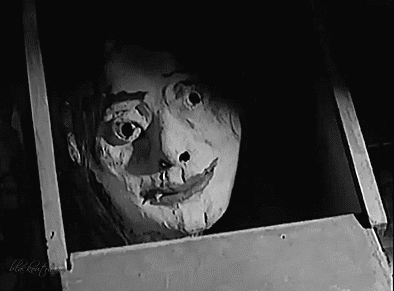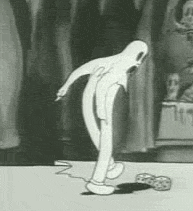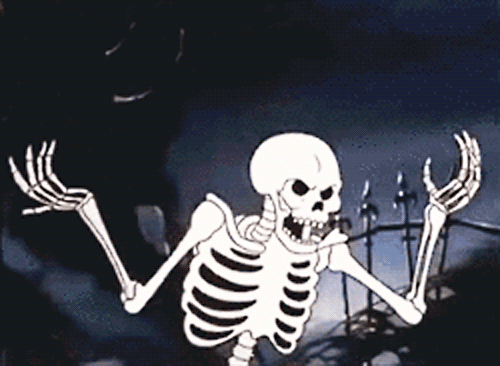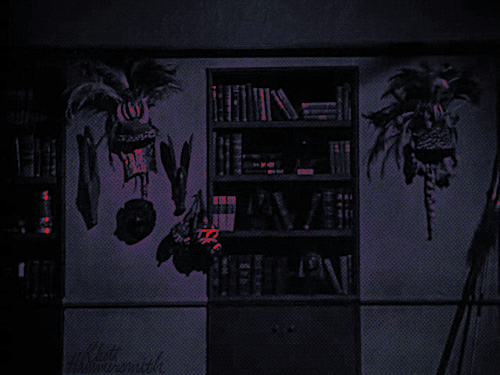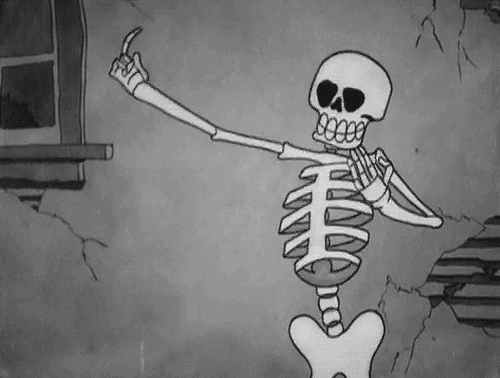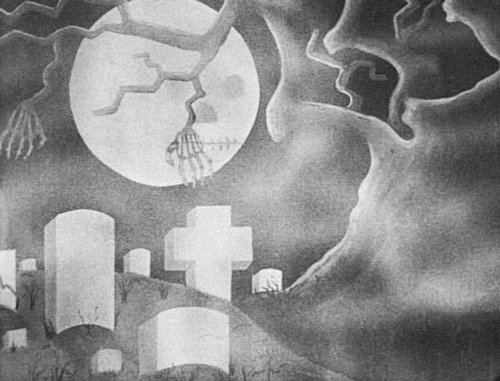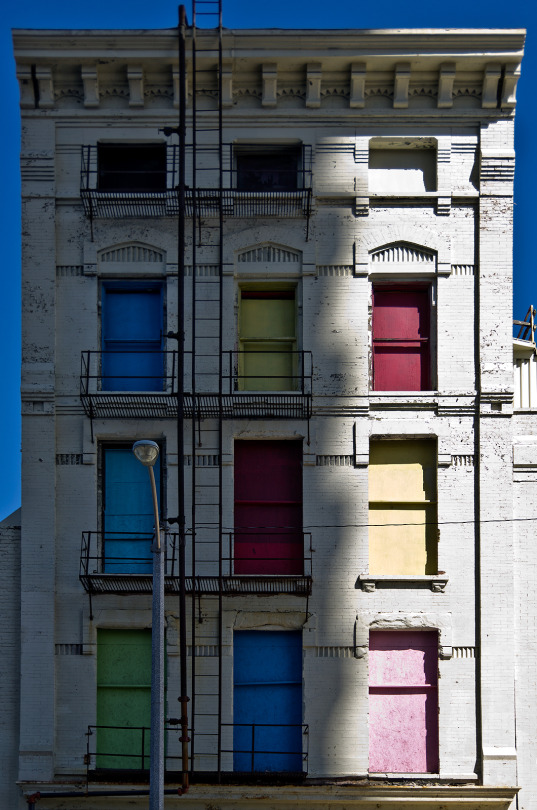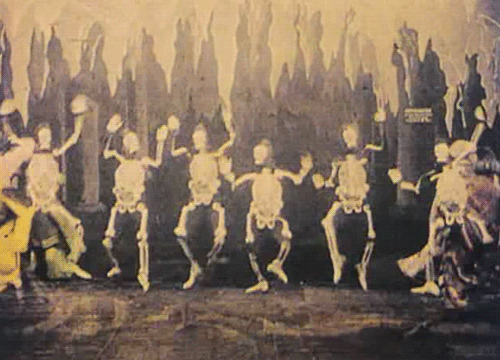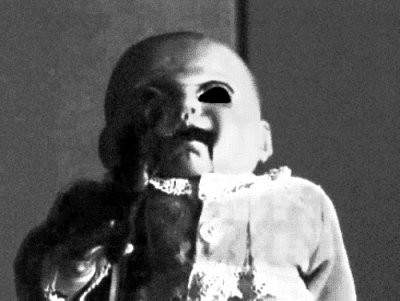Photo
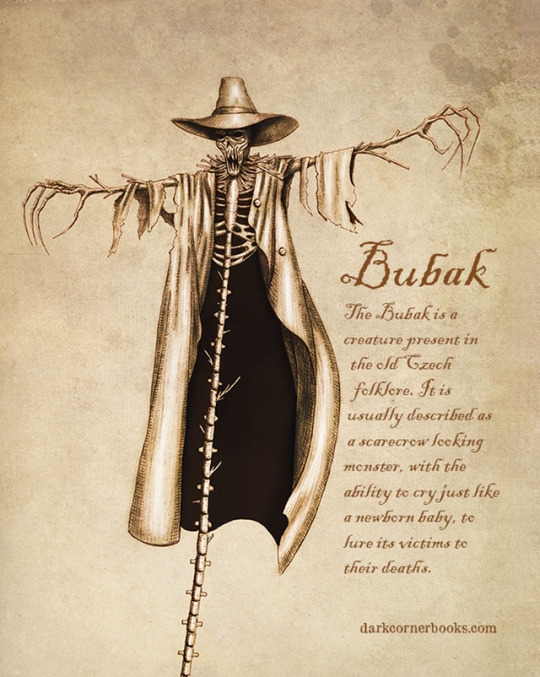
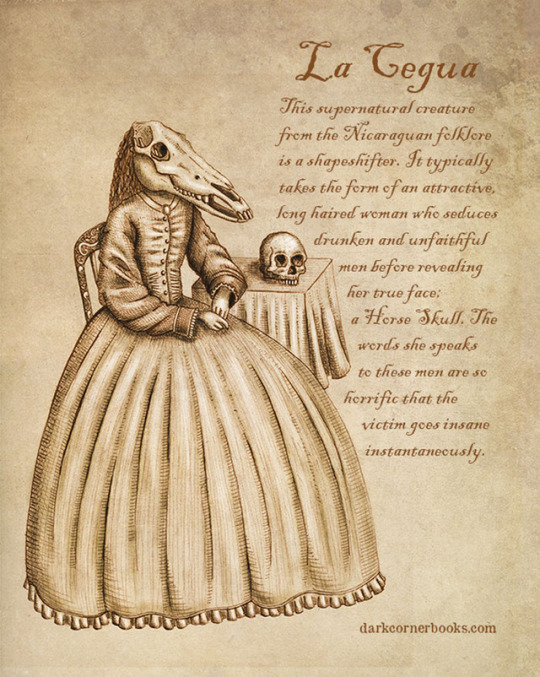

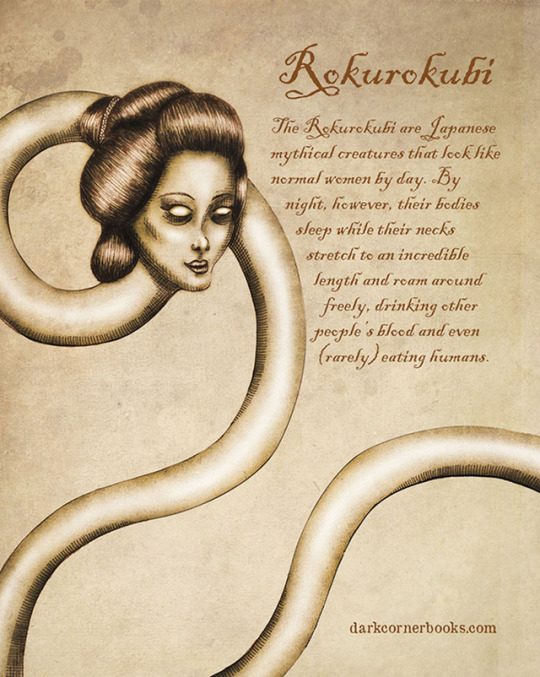
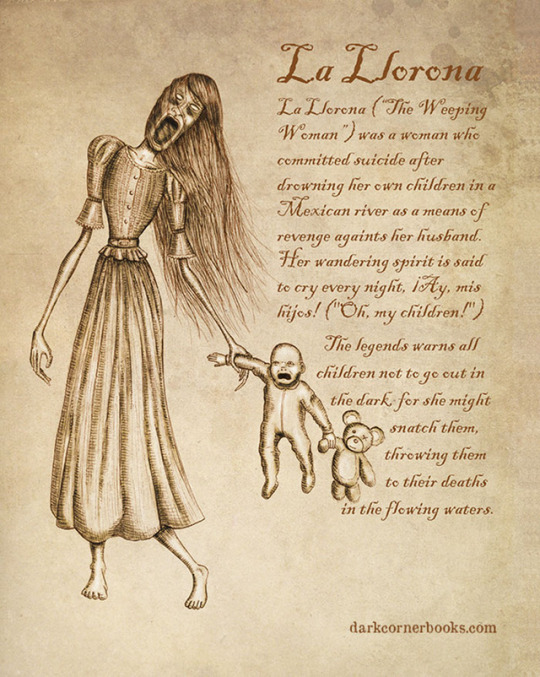

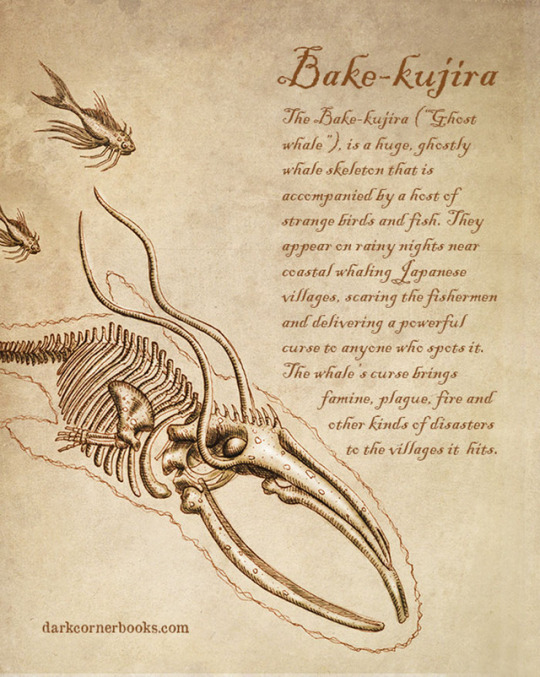
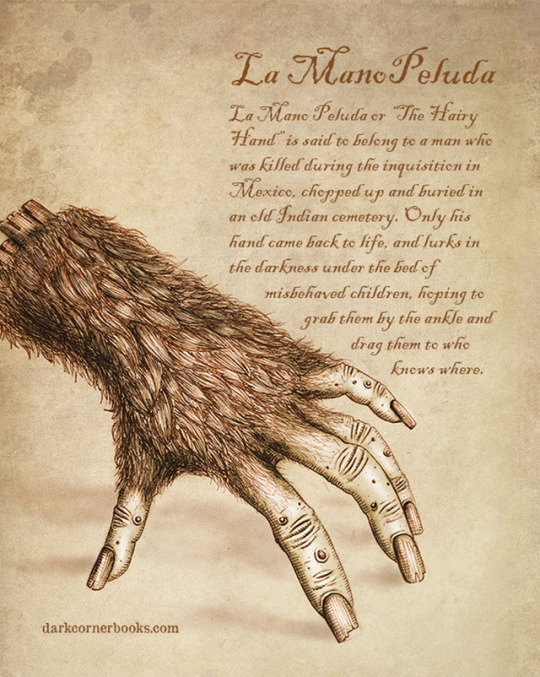
Darkcornerbooks from Portugal, Bruno Santos, brilliantly illustrates some of the lesser known monsters. From a 400-year-old spider who eats handsome men to the ghost of a whale that brings famine. These terrifying monsters are sure to haunt your dreams.
39K notes
·
View notes
Photo
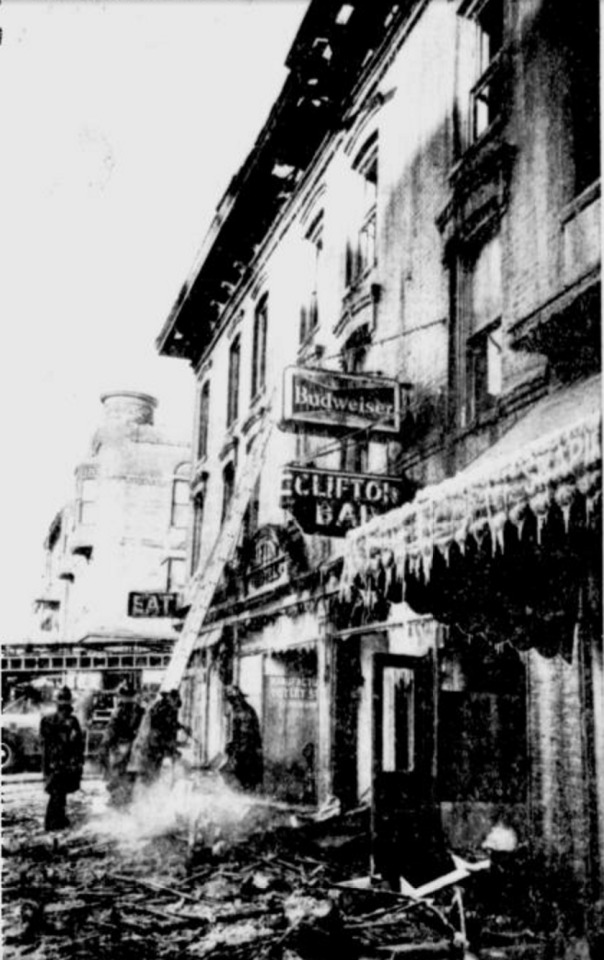
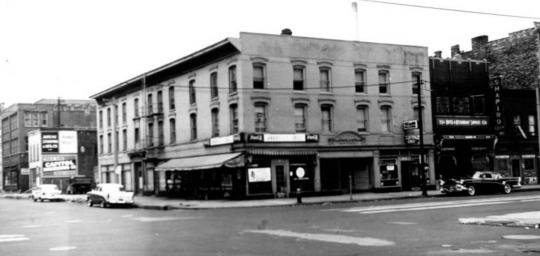
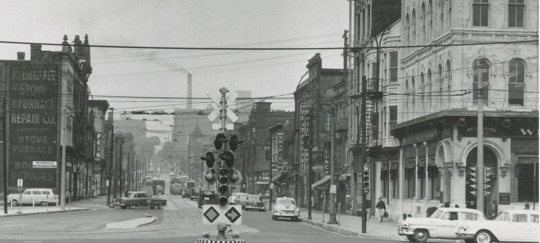
Lost Milwaukee: The Clifton House Hotel
Behold the Clifton Tap (1935-1965) one of the city’s earliest known “gay bars,” and the resident tavern of the ancient Clifton House Hotel. The Clifton Tap (336 W. Juneau) shared a block with what would later become the Sydney Hih Building.
Located at 4th & Juneau for 115 years, the Clifton House was one of the city’s first “fine hotels,” operated by pioneering two-time widow Mrs. Augusta Koenig Schilling for over half of its existence. Built for the carriage trade, the 51'x96' Clifton hugged buildings on all sides without any alleyway access. Most guests were merchants and shoppers making their way to Milwaukee's German Market, a massive Teutonic-themed trading hall at Juneau & Market Streets (demolished in 1965.)
During a 1933 interview, Mrs. Schilling reflected on her childhood arrival in Milwaukee, on the same day the 24th Regiment was departing to join the Iron Brigade in the U.S. Civil War. In a 1940 interview, she blamed the automobile for ruining her business – long before freeways and urban flight. She was still listed as the hotel operator at age 85. What a woman!
Following Mrs. Schilling’s death in 1935, the Clifton House Hotel closed for extensive remodeling. Once one of Milwaukee’s foremost destinations, the building was considered just one more “ugly old coal-stained shack” in a city that was focused on the future. As we know from Milwaukee’s history, it was in these “ugly old coal-stained shacks” that LGBTQ nightlife was born.
The Clifton House became a 29-room rooming house with street-level retail, operated by Ms. Minnie Horne. One of these spaces was occupied by the tiny Clifton Tap, operated by William Mansfield, reported by the Sentinel as a “lifelong bachelor and rooming house native.” The tavern consisted of two rooms, a front room with an 18x18 hand-carved oak bar, and a back room "lounge" with two rear exits into the hotel lobby. According to the fleeting memories of former patrons, the lounge had pocket doors that created privacy (and safety) from the rest of the bar. Discrete parties were often booked in this windowless space -- for a price.
Very, very little is known about this establishment. In a time before national “Gay Guides,” Milwaukee’s few known gay bars were known only by word-of-mouth. The Clifton Tap did not advertise itself. It was just one of dozens of businesses along a very busy and vibrant West Juneau Avenue, which at the time had dense city blocks stretching from Third Street to the Pabst Brewery.
Not a single trace of these city blocks remain today, so it’s hard to imagine how a historic gay meeting place could ever have existed in plain sight on 4th & Juneau throughout the 1940s and 1950s. Of special note: the Clifton Tap did not barricade or board up its windows. The bar had two rounded glass bay windows, in the vintage Woolworth’s style, which were wide open to passersby. This, again, is incredible when you consider the risks and costs of being openly gay in postwar America.
The Clifton Hotel was badly burned in a “fire of undetermined origin” on January 15, 1957. Despite the tavern owner and rooming house manager checking the furnace twice in the three hours prior, a three alarm fire broke out at 6 a.m. that caused $273,000 of damage (adjusted 2016 dollars.) The fire began directly below the Clifton Tap and burnt its way upwards into the bar through the basement ceiling. The evacuated occupants were almost entirely single workingmen aged 30 to 50. Another fire, caused by a drunken resident in 1961, rendered the third floor uninhabitable and (according to building inspector reports) hazardous to human health.
The Clifton Hotel fell under the ownership of Marshall Palakow, executor of his mother Rose Palakow's estate. Palakow owned numerous downtown properties (including Tony's Riviera on Plankinton & St. Paul) that were conveniently in the path of the approaching freeways, and he deferred maintenance on all of them awaiting a Milwaukee County Expressway Commission buyout. In the meantime, the Clifton House was cited by the City of Milwaukee numerous times for code violations, including a leaking roof, inoperable toilets, missing fire escapes, crumbling plaster, basement rubbish, and worst of all, rat infestation. By 1964, the rooming house was operating without a valid license, as the city would no longer grant one. Miss Minnie Horne, who had rented the tavern and rooming house spaces for $550/month, saw her rent reduced to $200 to bribe her into staying in business illegally.
On October 15, 1965, an appraiser noted that "although there is no recorded police activity at this site, there is hard evidence of deviate behavior." Operating under the guise of freeway right-of-way acquisition, the Milwaukee County Expressway Commission often exercised its powers to eliminate undesirable properties anywhere near emerging freeways. Rooming houses, once a necessity in a growing industrial city, were specifically targeted for elimination.
"The mercantile structures along Juneau Avenue cannot be rehabilitated," reads the appraiser's report. "The underlying land would carry higher value if it were vacant and available."
The Clifton House was razed soon afterwards, despite being outside the path of the freeway. Over 50 years later, the land remains vacant.
The Western Bank / Sydney Hih building, on the other end of the block, survived Westown’s architectural slaughter to house gay institutions (including The Mineshaft, Goldenshaft, The Unicorn and The Eagle) but fell to a similarly senseless demolition in 2012.
Anyone with further information about the Clifton Tap is encouraged to share with the Wisconsin LGBT History Project or email [email protected].
3 notes
·
View notes
Photo
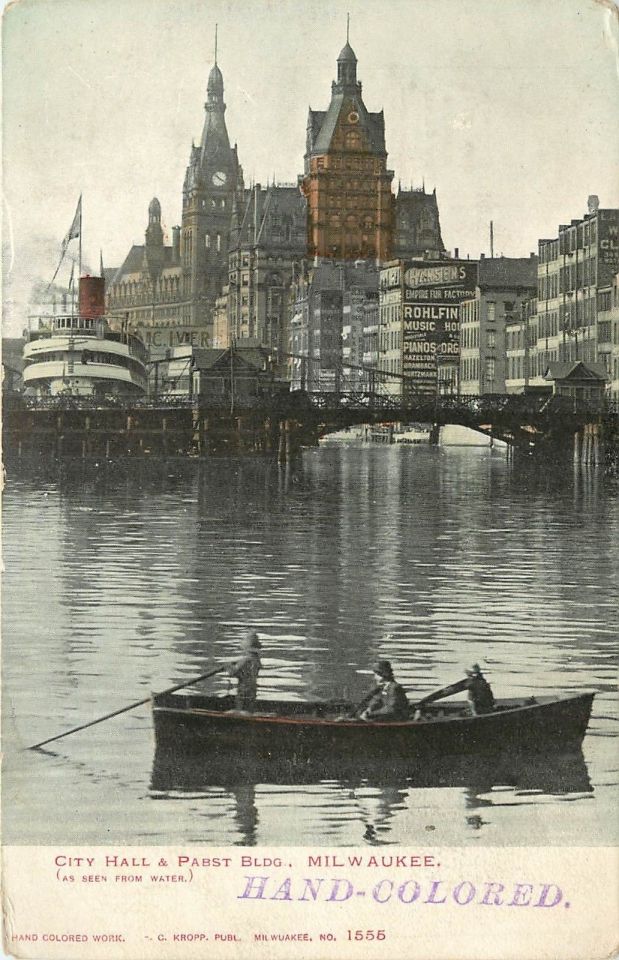
'City Hall & Pabst Building' postcard - Circa 1905
Milwaukee, Wisconsin
97 notes
·
View notes
Text
Lost Milwaukee: the Benjamin Castle
On February 4, 1963, two Milwaukee mansions had their dates with destiny.
On that day, the Milwaukee Sentinel reported that two-time wealthy widow Mrs. Ragnar Hummel would bequeath her vacant 1923 mansion for use as a public museum. The Italian Renaissance home, located at 2220 N. Terrace Avenue, was built by Lloyd R. Smith of A.O. Smith after an inspiring family vacation in Italy. Mrs. Hummel, now residing in New York City with no need for Milwaukee real estate, proposed the creation of a museum for Renaissance art.
Fifty years later, this distinctive mansion lives on as the otherworldly Villa Terrace Museum. Its contemporary, Benjamin Castle at 1570 N. Prospect Avenue, was not quite so lucky.
Reading newspaper reports of the "Benjamin Castle," it's hard to believe there was a time when such homes were common in Milwaukee.
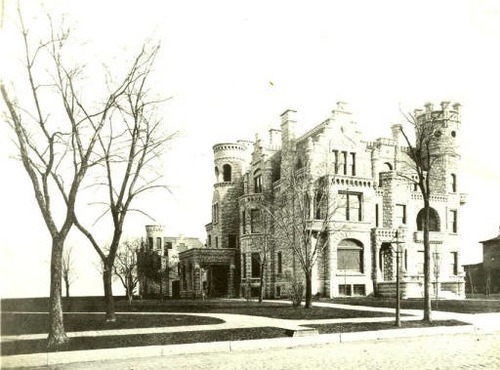
With thirteen balconies, an octagon turret, regal balustrades and an imposing Lannon stone face, the medieval castle and its adjoining coach house were built for lumber baron David Benjamin and his wife Annie in 1890. The first floor included a library, dining hall, sunroom, and three parlors, with the second floor housing a billiard room, music room, grand ballroom and seven bedroom suites. Their art collection, including sculpture by Leonardo da Vinci, was considered one of the finest in North America. Annie, known for her striking snow-white hair, was the queen of Milwaukee high society for decades.
The castle, considered one of the costliest and most extravagant ever built in Milwaukee, became such a landmark that it was actually featured on picture postcards. The scene was described as a "Rhine River castle, transported to this German Athens." Benjamin Castle was the perfect architectural complement to its eventual neighbor, the Charles McIntosh mansion (1584 N. Prospect Ave.), today's Wisconsin Conservatory of Music.
David Benjamin only lived two years in the home before dying in 1892. When Annie died on March 7, 1938, she left Benjamin Castle, a sprawling Gulf Coast estate, and a $2.2 million fortune to her two children. "Benjamin Castle, which with its old world turrets has guarded the lake bluff for nearly a half century, is without a mistress," reported the Milwaukee Sentinel. "In recent years, the castle was entered by few outsiders, as the elderly widow withdrew into seclusion."
Her son, Fred, lived alone in the mansion until his death in 1945. His sister, Catherine Benjamin Lindsay, later founded the village of River Hills. Most of the family's art collection was sold before Catherine's death in 1958.
From 1945-1963, Benjamin Castle was transformed into "Shore View," a convalescent home for seniors. And then, on February 4, 1963, its demolition began. It would eventually be replaced by the "modern" 125-unit Harborside Apartments.
If Benjamin Castle had survived the 1960s, it may still be with us today. It's not exactly clear why the building was demolished. Judging from news photos, the home was as architecturally sound in 1963 as it was in 1890. True, the interior had been stripped of most of its grandeur, but the exterior was in gorgeous condition.
Sadly, it seems to have been torn down simply because it was old and in the way. Like many other irreplaceable Prospect Avenue mansions, Benjamin Castle was a "faded Victorian memory" in a time that only cared about the future.
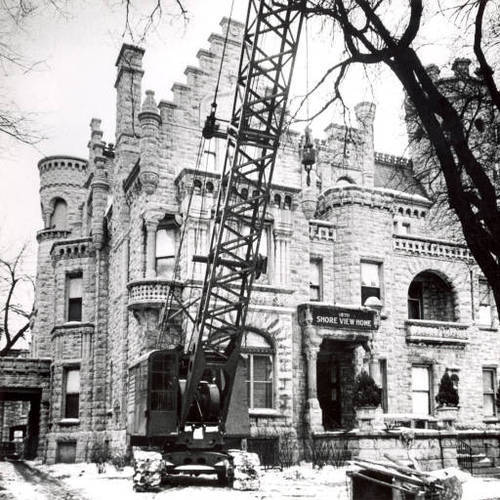
8 notes
·
View notes
Photo
The Phenakistocope was invented by Joseph Plateau in 1841.
trippy
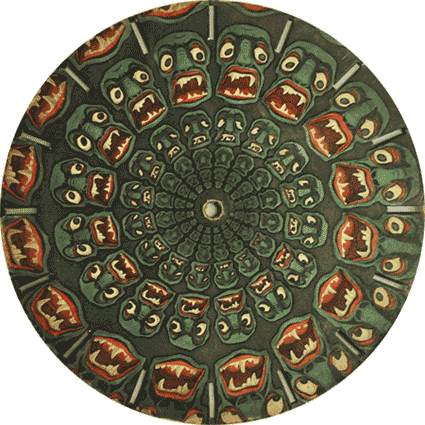
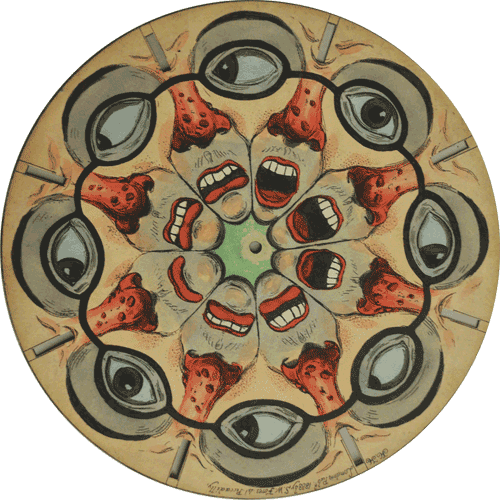
16K notes
·
View notes
Link
In an age of anything and everything being available on-demand from the cloud on multiple portable screens, it's impossible to even KNOW what a big deal it was to see an X-rated movie -- out in public -- at a seedy adult theater -- in the 1970s. Even more, it's impossible to believe that a certain film was SO popular that a one-screen inner city neighborhood theater sold out 998 seats for seven showings a day -- and still had lines stretching around the block.
And yet, 40 years ago this week, DEEP THROAT was all the rage in Milwaukee. Learn how one girl's mission to untangle her tingle put the Parkway Theatre on the map in Matthew Prigge's feature story for the December 30, 2012 Shepherd Express.
FUN FACT: The Parkway Theatre closed in 1986 after 65 years in operation. When the old building was razed, a pastor actually performed an exorcism ceremony to reconsecrate the scandalous soil.
#Milwaukee#Washington Park#Northwest Side#Lisbon Avenue#history#Deep Throat#adult cinema#red light district#Milwaukee vice#vice squad#vice#movie theaters#1970s#Parkway Theatre#Linda Lovelace#sexual revolution#1970s society#1970s culture
3 notes
·
View notes
Link
Read the Milwaukee Sentinel's November 6, 1972 remarkable state of the red-light nation, revisited by freelance writer Matthew Prigge for the August 8, 2012 Shepherd Express. After Blue Cross/Blue Shield redevelopment, Grand Avenue renewal, Wisconsin Center construction and Park East demolition, most of Fifth Street was neutered and erased from the downtown map. Not a single business listed here (except the Marc Plaza / Hilton) still exists today -- making this feature story all the more surreal.
What was once a deliciously colorful stroll, popping with pandemonium of the pimps, pushers and prostitutes variety, is now four of the most colorless blocks in the city.
And that's a dirty shame.
#Milwaukee#red light district#redevelopment#urban renewal#Milwaukee Sentinel#Milwaukee media#vice#vice squad#adult theaters#combat zone#Wisconsin#Milwaukee history#history#architecture#1970s
1 note
·
View note
